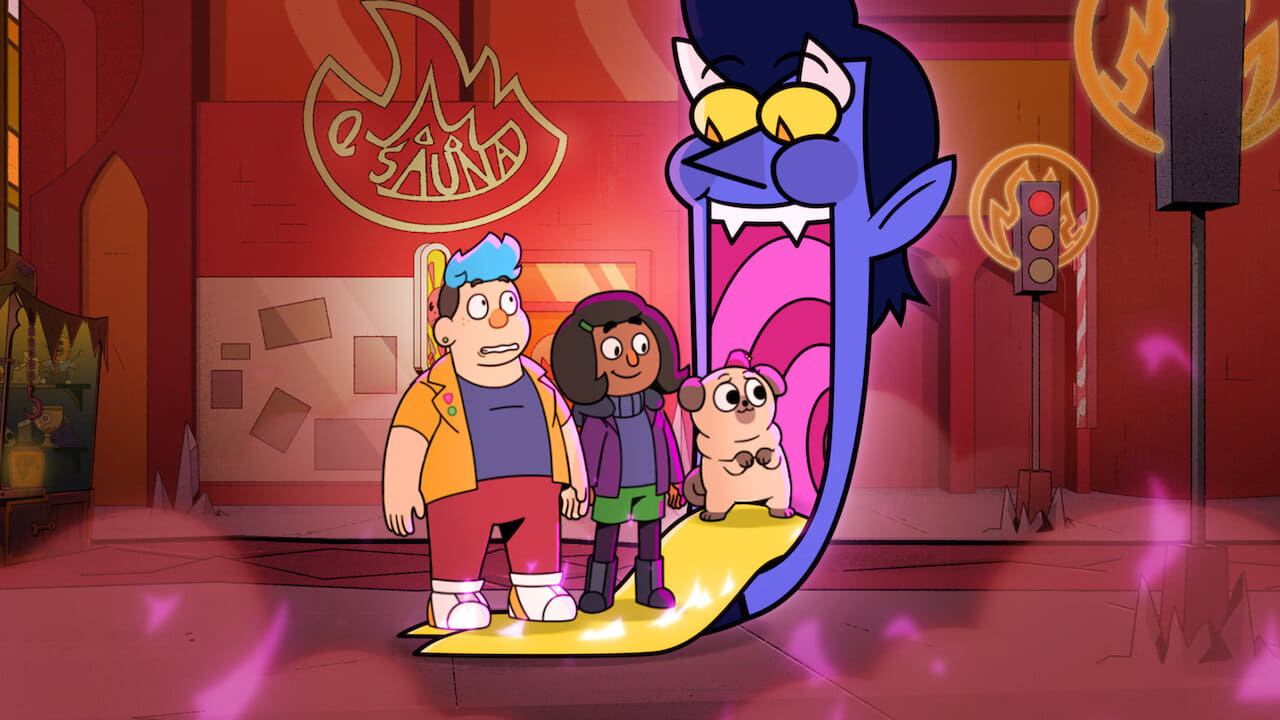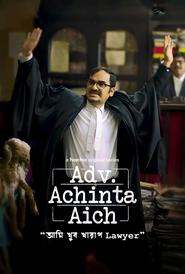![Marvel’s Moon Girl and Devil Dinosaur [Ep-1]](https://image.tmdb.org/t/p/w185/sIFoWcIaviRgLDmXW8muz2wAUop.jpg)
Seasons and episodes
1Season 1 Jun. 16, 2022
 1 - AllS01-Ep(1-10) Mar. 12, 2025
1 - AllS01-Ep(1-10) Mar. 12, 2025
2Season 2 Oct. 13, 2022
 2 - AllS02-Ep(1-10) Mar. 12, 2025
2 - AllS02-Ep(1-10) Mar. 12, 2025
Creator
Cast
Badyah (voice)
Courtney (voice)
Pauline Phoenix (voice)
Logs (voice)
Norma (voice)
Barney (voice)
Pugsley (voice)
Synopsis
Dead End: Paranormal Park Season 1-2 Download In Hindi English 1080p 720p and 480p
StoryLine:
The main problem with The First Lady, the Showtime series focused on three past presidents’ wives – Michelle Obama (Viola Davis), Betty Ford (Michelle Pfeiffer) and Eleanor Roosevelt (Gillian Anderson) – is evident in the first few seconds. The pilot, directed by The Night Manager’s Susanne Bier, opens with a camera flash sometime in the late 2010s. Michelle Obama sits for a photoshoot by the portraitist Amy Sherald in a pose familiar to most Americans – long, flowing gown with a geometric print, hair in loose waves, chin resting on the back of her hand. Asked by Obama why she didn’t want to paint her husband’s portrait, Sherald responds: “I don’t want to just paint the official. I am in interested in the real.”Dead End: Paranormal Park Season 1-2 Download
That “real” is doing a lot of heavy lifting, both here and over the course of 10 episodes that struggle to find anything interesting, thorny, complicated – one might say authentic – under history-class pull-quotes, chaotic timeline shifts and ill-fitting accents. There’s the difficulty of narrativizing real events, particularly the very recent history portrayed by the Obama third of the show. The 2018 Sherald portrait is classic Obama iconography – stately yet inviting, intellectual, a delicate balance. That balance is off in The First Lady; as any viewer knows, it is not Michelle Obama in this famous pose but an actor pretzeling herself into the role. Suspension of disbelief is difficult when the character is a well-known figure, and nearly impossible with one as publicly vibrant, oft-photographed, and still relevant as Michelle Obama. It’s an awkward fit from the jump, and perhaps the best example of a recent-history performance that’s simply too soon.Then there’s the issue of the show’s intent to offer a “revelatory reframing of American leadership” through the lens of three first ladies, to cast their personal struggles and triumphs – Roosevelt’s independent thinking in a man’s world, Ford’s groundbreaking candor on addiction and cancer, Obama’s resilience in the face of persistent racism – as historical anchors.
Additional Links:
Original title
Dead End: Paranormal Park
First air date
Jun. 16, 2022
Seasons
1
Episodes
10

![Dead End: Paranormal Park [Season-2]](https://image.tmdb.org/t/p/w185/iB9h1cBIFFjnufhZF4lNGQmt3c5.jpg)







![Dead End: Paranormal Park [Season-2]](https://image.tmdb.org/t/p/w300/7KoIehYxRHb14b4YTfFzXHnTRKU.jpg
)
![Dead End: Paranormal Park [Season-2]](https://image.tmdb.org/t/p/w300/sAt5ZqtfGvvPTht9VKl9t55HnhA.jpg
)
![Dead End: Paranormal Park [Season-2]](https://image.tmdb.org/t/p/w300/yJAmgHIefwa8j0n5cDx9b99yANo.jpg)
![Money Heist: From Tokyo to Berlin [Episode-2]](https://image.tmdb.org/t/p/w185/sTlUIfT2ouUojq6vEHM7ff1zazE.jpg)

![House of the Dragon [S02 Complete]](https://image.tmdb.org/t/p/w185/xhjADf5sslq7lbRjc50FgvIYIkT.jpg)


![Big Sky [Season 3]](https://image.tmdb.org/t/p/w185/mZnYuNxYjzmeEdjhopoSksoXTIP.jpg)
![Attack on Titan [S04 Complete]](https://image.tmdb.org/t/p/w185/lUUmoCvZSt4Xp4k1xTRSHigBlNh.jpg)





